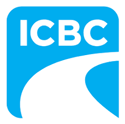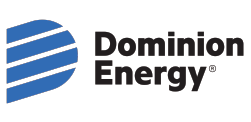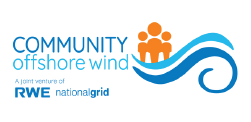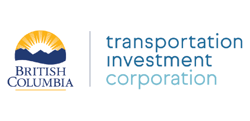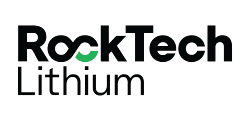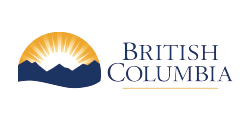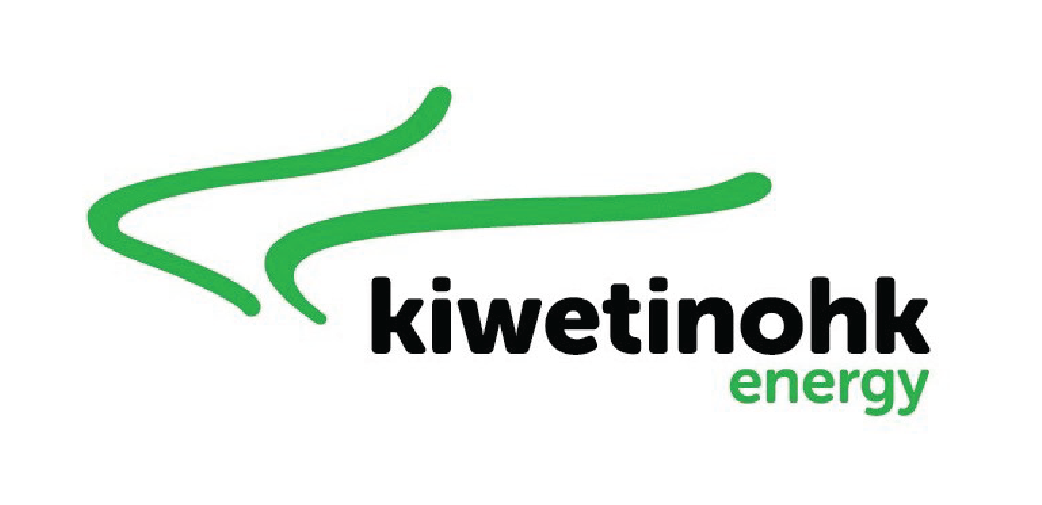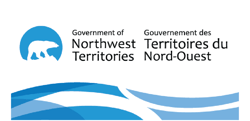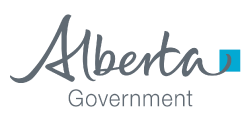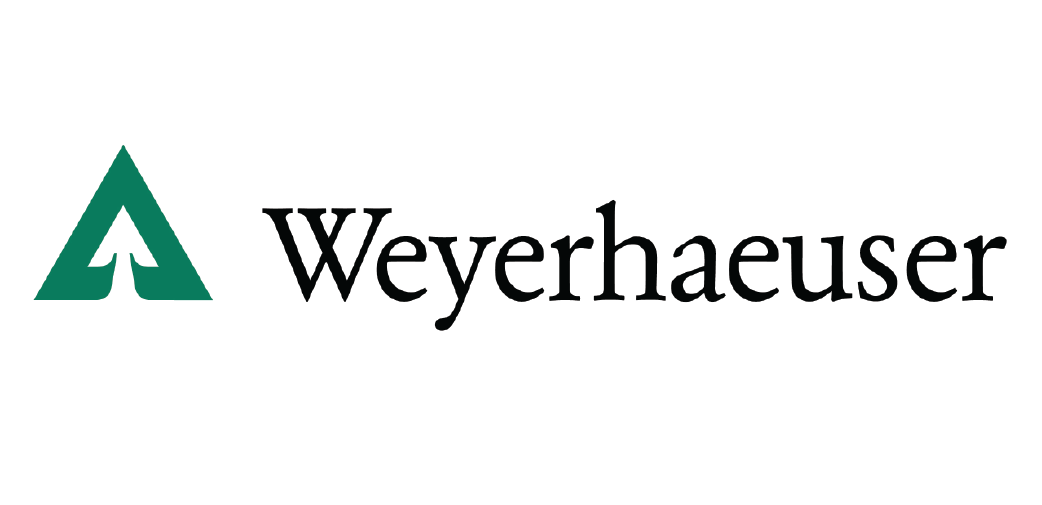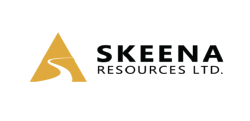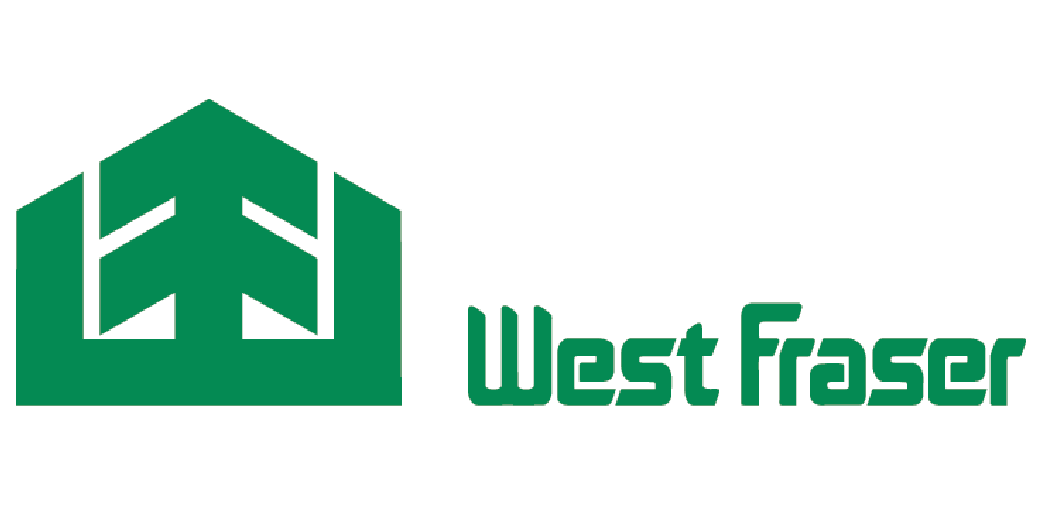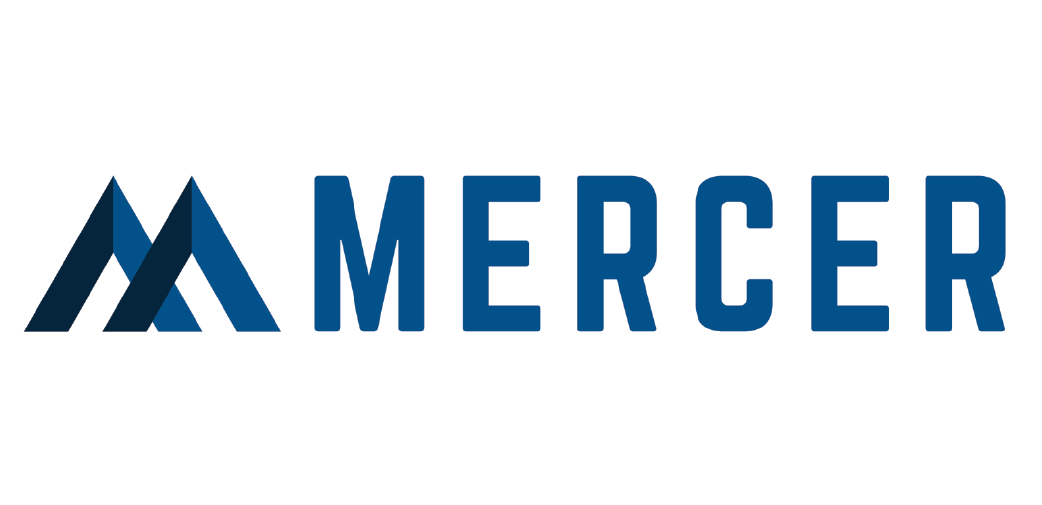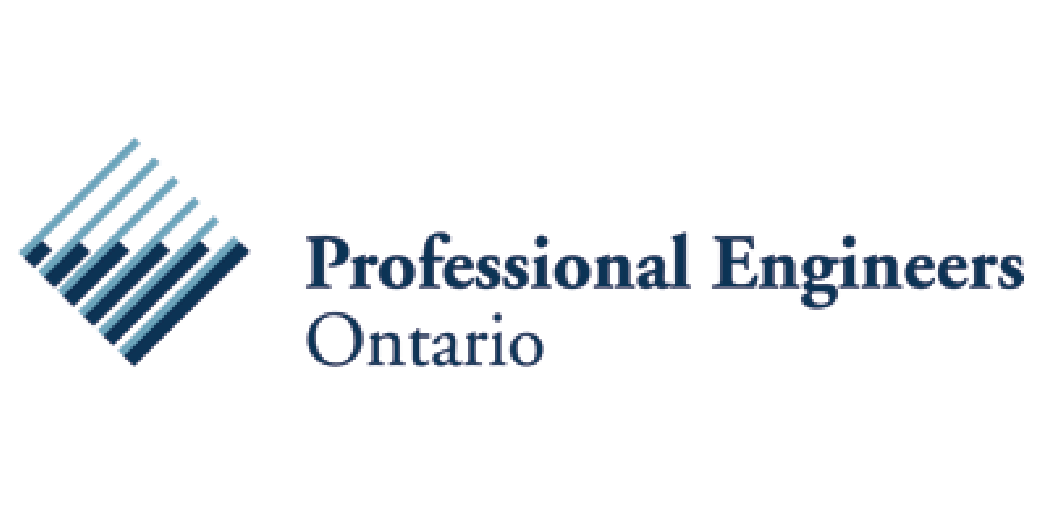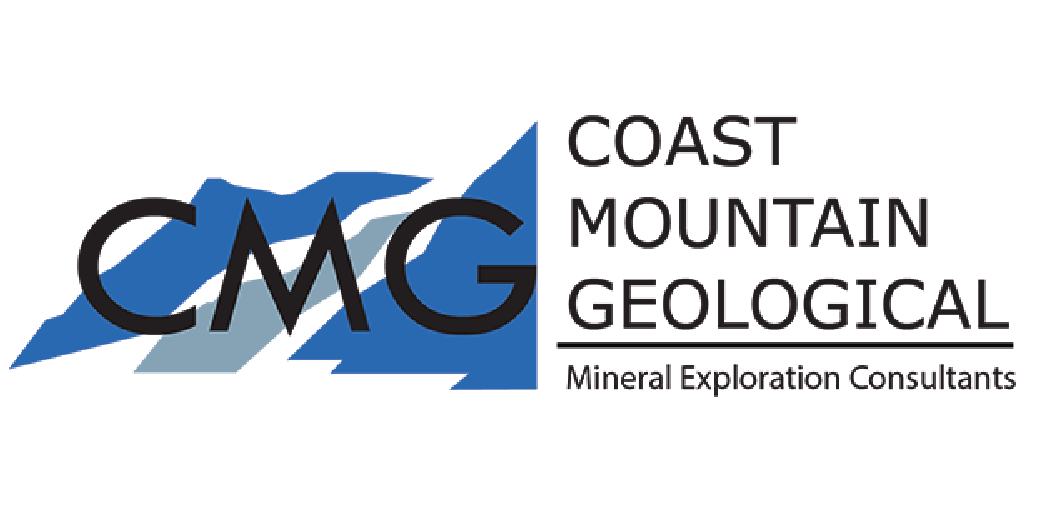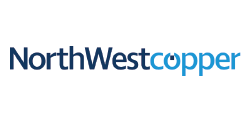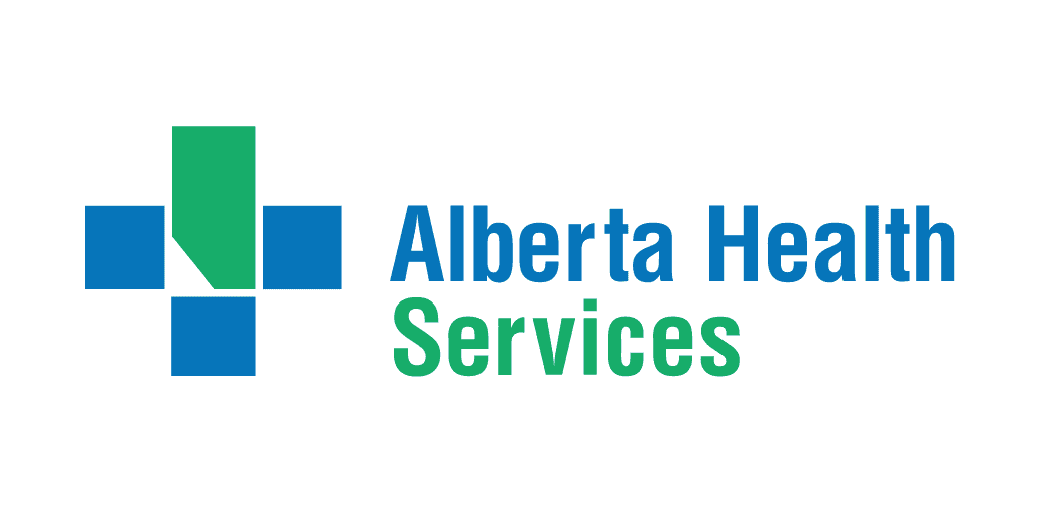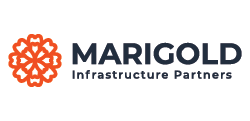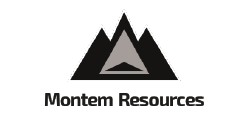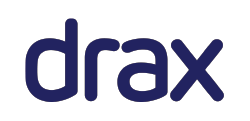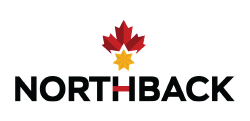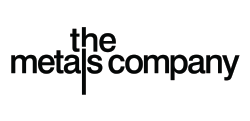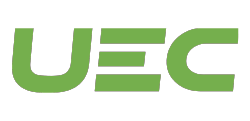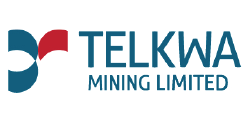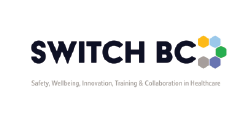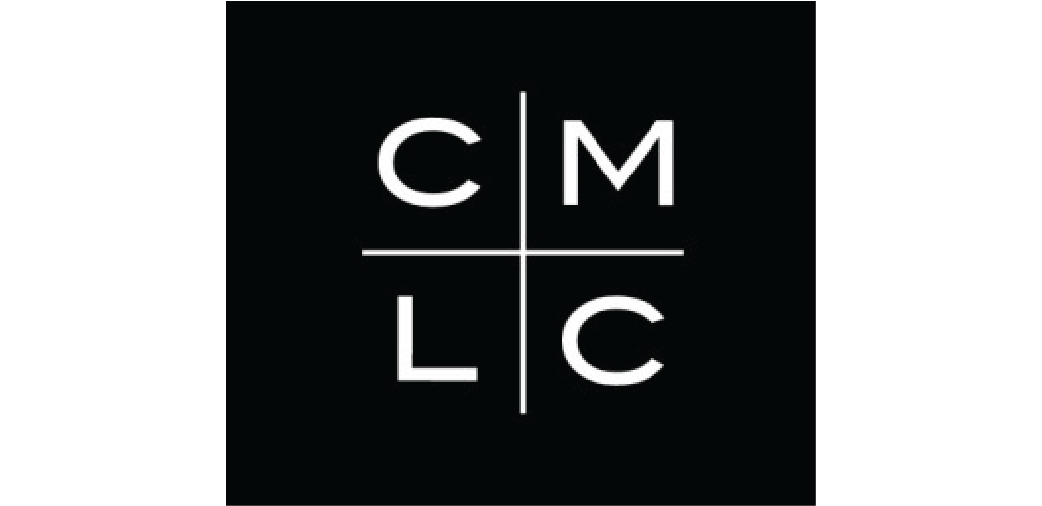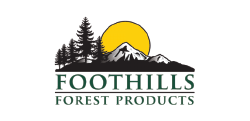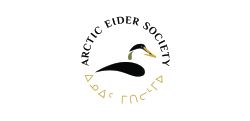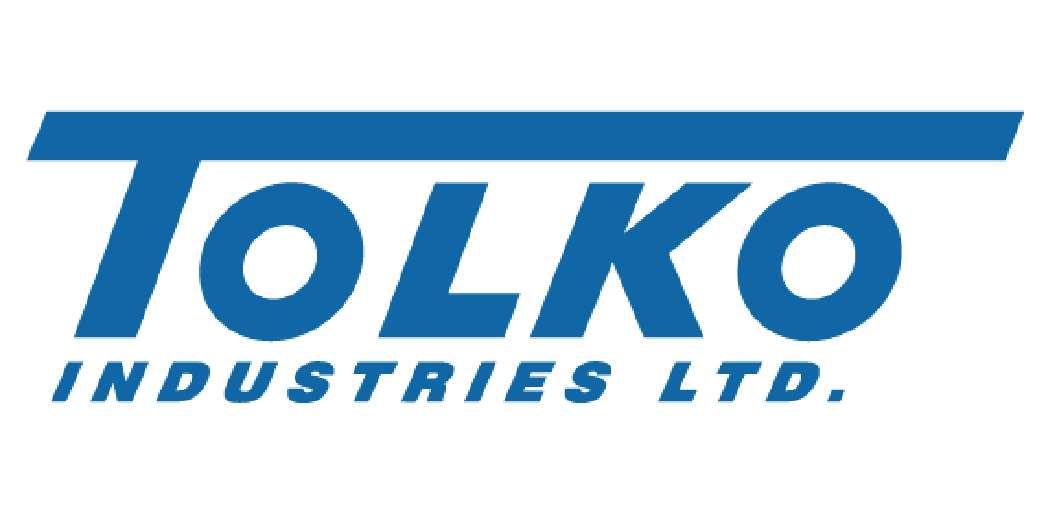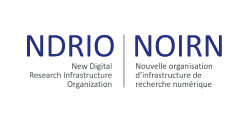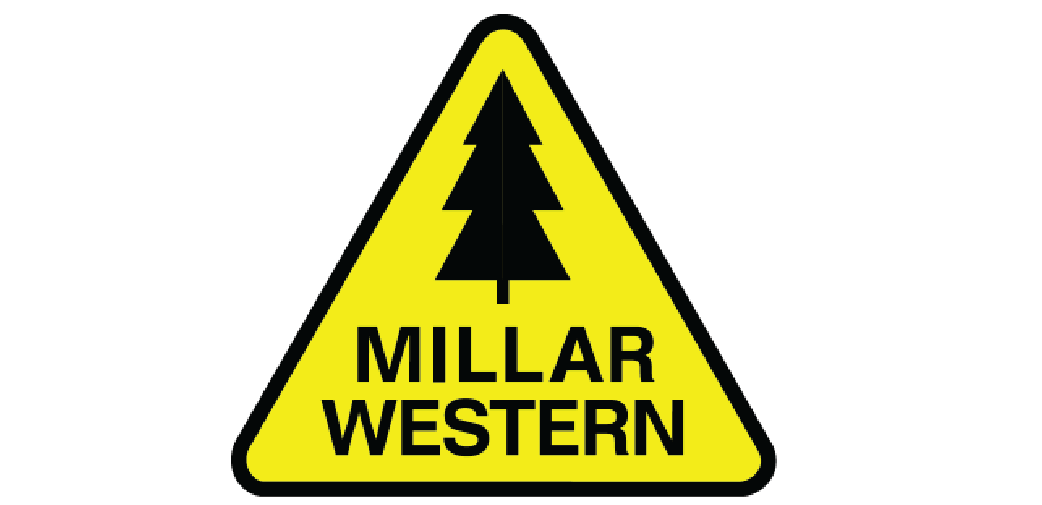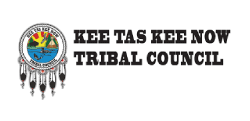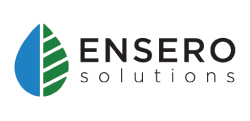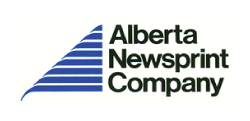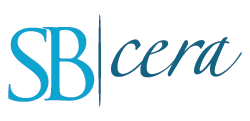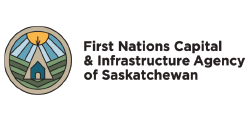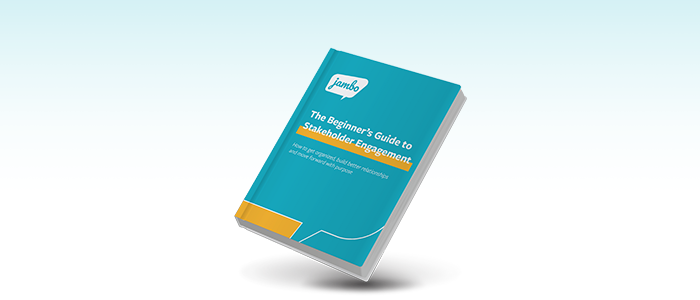What is stakeholder relationship management?
Stakeholder relationship management is the process of managing relationships with different stakeholders and communities. Building and maintaining positive relationships with them helps organizations achieve their objectives more effectively while minimizing risks to their operations and reputation.
It's common to hear the term "stakeholder management," but it's important to remember that you're managing the relationship, not the actual stakeholder. The term stakeholder relationship management focuses on those relationships, which is vital as positive, long-term stakeholder relationships are at the core of successful projects.
Building and maintaining positive stakeholder relationships has many benefits, including lowering risks, building organizational reputation, getting project buy-in, fostering stakeholder trust, minimizing conflicts and resistance, and much more. Stakeholder relationship management is now central to the success of organizations across diverse industries.
How do you establish stakeholder relationships?
Identifying, mapping and learning about your stakeholders are the first steps you should take when establishing stakeholder relationships.
Identify your stakeholders
Before you focus on the relationship details, you will need to identify all your possible stakeholders. You'll need to know who you'll build and manage the relationships with. To do this, take some time to brainstorm with your team all the possible stakeholders who might be impacted (positively or negatively) by your project or who may have other interests in it.
Map your stakeholders
After you've identified your stakeholders, they need to be categorized. One popular stakeholder mapping canvas is Mendelow's Power-Interest Matrix, which helps you categorize stakeholders based on their level of interest (high/low) and level of influence (high/low) on your organization or project. Knowing which stakeholders are in each category helps you understand the resources, budget, and specific engagement tactics to deploy.
Learn about your stakeholders
Once you've identified and mapped (or categorized) your stakeholders, it's time to learn about them. Usually, impact, perception, and interests are what you may want to learn about your stakeholders. Does your project negatively or positively impact them? What's their current view of your organization or project? What are their interests in your project (e.g., financial, environmental, emotional)?
You can better learn what's important to your stakeholders, allowing you to focus your messaging (if you'll be engaging) so you're addressing topics that matter most to them. This will ultimately build trust and stronger relationships.
Once you have all this information, you can start creating your stakeholder engagement plan.
How do you create a stakeholder management plan?
It's a great idea to sit in a team and strategize and plan on how to manage stakeholder relationships. By taking the time to plan strategically with your team, you can understand what resources might be required throughout this process. For example, while learning about your stakeholders, your team might notice a potential issue emerging with one or several stakeholders. With this knowledge, you can plan to mitigate it, which helps you lower your risks and enables you to work more effectively with your stakeholders through these issues. It also increases the likelihood of preserving or building those relationships.
Beyond planning for resource allocation, you can also work with your team to target strategic messaging and communication tactics, progress tracking and task allocation. Planning ensures everyone is on the same page and can work together more effectively to build better stakeholder relationships.
These are the basic first steps to take:
- Clarify the goal of your plan
- Choose how you'll record your data
- Define key messages
- Choose your engagement tactics
- Set a schedule for engagement and communication
- Provide a way for stakeholders to share their input
- Decide how you'll report back
SRM vs CRM vs spreadsheets
While using spreadsheets or a CRM to manage your stakeholder information might seem practical, these options aren't sustainable if you want strong, productive, long-term stakeholder relationships.
Spreadsheets
Spreadsheets are popular tools for managing stakeholder engagement, particularly for small projects or organizations with limited budgets. They're cost-effective and often included in standard office software packages. You can create columns, headings, and data fields to track stakeholder information, making them user-friendly and easy to set up.
However, spreadsheets have limited functionality and data security risks. It's hard to review and report on multiple spreadsheets simultaneously, making it difficult to report on larger or more complex projects using spreadsheets. They require manual data entry, which is time-consuming and prone to errors. Vulnerability to security breaches, such as unauthorized access or data loss, compromises stakeholder data – placing spreadsheets at the bottom of the barrel for effective stakeholder relationship management.
CRMs
Using customer-focused software like a CRM to manage stakeholder engagement and consultation is not the best choice. You're not selling to your stakeholders—you're engaging with them. CRMs are designed to help an organization push its customers through the sales funnel.
CRMs typically require substantial customizations to meet stakeholder engagement needs. Any specific stakeholder-oriented customizations will cost more money at the organization's expense. The configured software is not guaranteed to meet your team's stakeholder engagement goals.
Developing a repeatable and scalable process for stakeholder relationship management is essential for building strong relationships with stakeholders. This process must include a collaborative database of all stakeholder information, something a spreadsheet or CRM doesn't do.
Using a quality stakeholder relationship management (SRM) software platform would be the best alternative to spreadsheets and CRMs.
What is stakeholder relationship management software (SRM)?
Stakeholder Relationship Management (SRM) software connects and organizes all your stakeholders' information within one platform, allowing you to manage all your organization's stakeholder relationships and communications securely.
It helps teams easily track and report on stakeholder interactions, issues, and commitments and facilitates collaboration among teams working on stakeholder engagement projects.
With SRM software like Jambo, you can:
- Streamline your stakeholder interactions to organize, manage and track them more efficiently
- Understand your project's trajectory by seeing how all your stakeholder information connects
- Compile reports for your team, stakeholders, and decision-makers in a matter of seconds
- Simplify the stakeholder management process to help build positive stakeholder relationships
- Collaborate more effectively with your team and external contractors
When should you adopt SRM software?
When you see these signs, it's time to adopt an SRM:
- The volume of stakeholder information that needs to be managed is becoming overwhelming
- A team member has left a stakeholder issue unaddressed, and you don't want this to happen again
- You got blindsided in a meeting with a stakeholder by not knowing all the facts like existing issues, commitments, or communications with the stakeholder
- A team member is leaving the project, and you'll have no way of accessing their previous engagements with stakeholders
- Your team has forgotten to fulfill a stakeholder commitment
- Your stakeholder engagement information is scattered in different places, and you need a central location to store it
- Your team is avoiding inputting communication records because the current process is confusing or too time-consuming
- You are unsure of your current project commitments and liabilities
- If a regulatory body asked you to run a report that shows all the stakeholder engagement that occurred during a project, you're not confident that could be done quickly and easily (or at all)
- You need to track engagement with stakeholders to fulfil corporate social responsibility (CSR) mandates or to align with your sustainability requirements and reporting
Who uses SRM software?
SRM software can be a vital stakeholder management tool for almost every sector that engages with stakeholders, such as forestry, mining, renewable energy, and more. Governments, public bodies, financial institutions, and healthcare organizations often need to engage external and internal stakeholders as part of a policy development process or a change management strategy.
If you're uncertain whether your team could use an SRM, ask yourself:
- Will more than one team member be engaging with stakeholders? Would it be helpful to access the stakeholder engagement history so you always know what has been said and to whom?
- Is teamwork important? Do you need your stakeholder information to be easily accessible to improve team cooperation and collaboration?
- Would having all your stakeholder information in one place be useful?
- What happens if you encounter challenging stakeholders? Do you need the ability to manage stakeholder issues and commitments to help reduce project risk?
- Will you be sharing reports? Would the ability to quickly report on all your stakeholders' information be important for your team, stakeholders, or decision-makers?
- Do you need to evaluate your stakeholder management efforts? Would updates, reports, and analytics on your engagement efforts be valuable to you and your team?
If you answered yes to all these questions, then you need a stakeholder relationship management software like Jambo.
What does SRM software do?
Now that we know what SRM software is, let's look at what it can do.
While SRMs can vary in their technological offerings, a quality SRM will have features that allow you to log and manage:
- Stakeholders contact information: Contact details for all your stakeholders to ease communication
- Stakeholder communication records: A diary of all conversations with stakeholders for easier referencing
- Notes about your stakeholders: Details that guide how you engage with stakeholders
- Stakeholder issues: Any grievances or cases that stakeholders raise which need to be monitored and addressed
- Stakeholder commitments: Any promises or guarantees that must be tracked for accomplishment or completion
- Tasks assigned to you and your team: To-do lists that need to be performed and completed by specific people
- Geospatial maps: Maps of areas of interest, hotspots, or engagement locations
- Reports: Compilations of stakeholder engagement interactions into digestible reports for transparency and accountability
Traceability is the ability to access and search this stakeholder information easily. It is essential within an SRM because it helps you understand how your information is linked, allowing you to understand your stakeholders and your projects fully.
For example, you can click on a stakeholder profile to access all previous engagement information, such as communications you've had with them, details of issues they were involved in, commitments you made to them, or team tasks associated with them.
This history of engagement helps in many ways:
- Easily access stakeholder profiles and all connected information, including communications, issues, and commitments, so you are prepared when communicating with stakeholders (and are never blindsided in a stakeholder meeting)
- It helps you understand your stakeholders and make informed decisions on how best to engage next, which is critical when building trust and good relationships
- It shows you how stakeholder input has been used in decision-making through the ability to report on the steps you took to address input
Benefits of using an SRM
Benefits of using an SRM can include:
- Audit trail: Having an audit trail is a best practice when trying to lower risk. You always know where things were left off with stakeholders and can always access your current records.
- Build trust: Trust is vital. Simplifying your stakeholder information helps you and your team to engage more effectively, helping to build stakeholder trust and relationships.
- Buy-in: Getting buy-in from decision-makers can be made easier by sharing easy-to-understand project reports.
- Centralized and accessible information: Storing all your stakeholder engagement and consultation information in one platform makes it simpler for anyone on the team to search for and access it—provided they have the required permissions.
- Cloud-based access: With a secure cloud-based SRM, your software is accessible on demand anywhere in the world via the Internet. You don't need to always be in the office to access information and stay aware of updates.
- Team collaboration: With centralized, up-to-date data, you can increase team collaboration. An SRM with task assignment capabilities allows you to assign tasks and see when tasks are completed for better transparency and accountability within your team.
- Commitment management: You'll never forget another commitment again. An SRM tracks stakeholder commitments with easy-to-understand status updates, which helps improve accountability and ensure compliance.
- Communication campaigns: Quickly building lists of stakeholder contacts simplifies how you create mass communication campaigns like email and mailout campaigns.
- Email automation: Depending on the SRM, you can automatically log email communications with stakeholders via CC/BCC/FWD to a specific project.
- Issues management: Case updates help you monitor and manage any stakeholder grievance issues to reach an eventual resolution.
- Geospatial mapping: Maps offer visual references for locations of interest and areas of consultation
- Ease of use: The software's mobile capabilities allow you to access it while you're on the go, which is useful after a stakeholder meeting when you want to log your engagement quickly.
- Analytics overview: Access to high-level project overviews with dashboard analytics and reports helps you quickly understand your project's size and status.
- Reports: Providing a record that illustrates engagement and consultation efforts to your team, stakeholders, and decision-makers is easier from an SRM. There is better transparency and a clearer understanding of your overall stakeholder's perspective, issues, commitments, and engagement program.
- Lower risks: An SRM helps you reduce the risk of losing data and lowers project risk by helping you understand your current liabilities.
- Save time: With streamlined and easy-to-use SRM software, you'll save a lot of time on the input and output process.
- Traceability: Linking every communication, issue, commitment, and task helps you quickly gain a complete understanding of your stakeholders and your projects.
What about security concerns for SRM software?
While each SRM provider is unique, overall, SRMs are very secure and safe options for storing your stakeholder engagement information.
When considering security and safety, look for an SRM with:
- Secure cloud collaboration: With secure, cloud-based SRM software, changes are virtually instant. This means you and your team can always access the most accurate and relevant information and collaborate on records in real time.
- User-based permissions: An SRM with user-based permission options allows account administrators to provide multi-level access to users. This is needed if you'd like to restrict access to financial information or confidential internal notes for certain users (e.g., contractors, interns, etc.). With user-based permissions, restricted data is never accessible on-screen or in a report to those without permission.
- Two-Factor Authentication (2FA): An SRM with 2FA offers better security protection for accounts. Users must verify their login details by entering a passcode sent to their mobile phone via SMS text message. This enhanced security option makes it significantly harder for unauthorized persons to access user accounts and data, helping to keep critical data protected and secure.
- Single Sign-On (SSO): Some enterprise customers require SSO. An SRM with SSO adds an additional layer of security and lets in-house IT teams easily manage staff access using their existing tools and protocols.
Which is the best SRM software to use?
Jambo.
It is made for teams that want to improve stakeholder engagement and build better stakeholder relationships. It is purpose-built to improve engagement through unique stakeholder-centric views, workflows, and faster and easier processes for teams. Organizations can manage all their stakeholder engagement information in one secure location.

